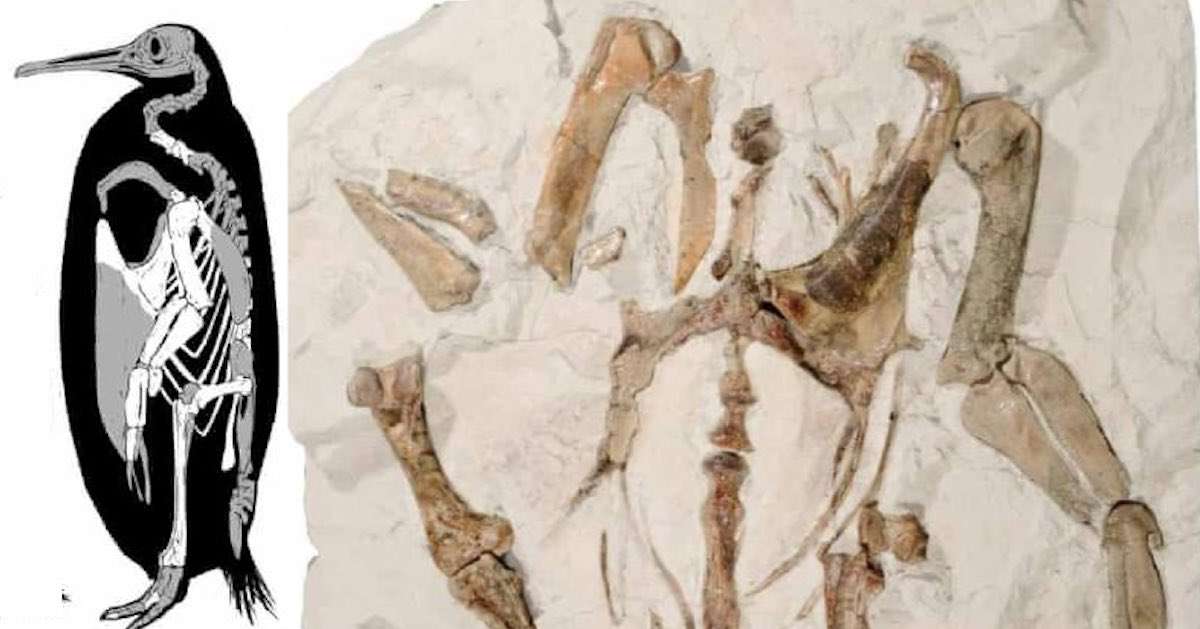World's Oldest Martian Meteorite is Traced to the Precise Crater Where it Originated
Using machine learning and a super computer, researchers have discovered exactly where the striking "Black Beauty" meteorite came from.

The remains of a giant prehistoric penguin were discovered fossilized on a beach on New Zealand, delighting a group of young students, and filling in gaps in the fossil record at the same time.
The penguin would have stood 1.4 meters tall, while underwater it could stretch out to 1.6 meters, making it far larger than any diving bird alive today.
While originally looking for small crustacean fossils in Waikato, New Zealand in 2006, the Hamilton junior naturalist club were returning to their kayaks when they crossed a beach at extreme-low tide and found something that clearly wasn't a crustacean. Fortunately for them they were accompanied by a seasoned paleontologist,
Embedded in sandstone, the specimen needed extraction with petrol-powered cement saws and jackhammers, after which it was donated to a local Maori museum.
A study describing the new penguin species, Kairuku waewaeroa, borrowing the Māori word for long-legged, explains that penguins have arguably the most complete fossil record of any avian genus, and K. waewaeroa was able to unite a group of existing giant penguins from New Zealand.
Diving for fish at a time when the North Island's Waikato was largely underwater, the giant penguin lived between 34 and 27 million years ago.
Among the inquiries generated by a complete giant penguin fossil lineage of three different giant penguin species is the question of why were there so many giant birds in New Zealand?
The Haast's eagle, though driven extinct by humans, was the largest eagle to ever live, weighing up to 33 pounds with a ten-foot wingspan.
There were nine species of the large flightless Moa bird, which could stand 12 feet tall and weigh 500 pounds or more.
The world's largest parrot—weighing twice as much as the heaviest living cockatoo, and which could stand up to reach the height of an adult male's waist, also lived in New Zealand.
"Giant penguins like Kairuku waewaeroa are much larger than any diving seabird today, and we know that body size can be an important factor when thinking about ecology," said Mike Safey, president of the Hamilton junior naturalist club, to Euronews. "How and why did penguins become giant, and why aren't there any giants left? Well-preserved fossils like this can help us address these questions."
Safey was actually one of those kids who discovered the fossil 15 years ago, and said that seeing it make major contributions to academia today was "surreal."
WADDLE the Good News Over to the Those News Feeds of Yours…
Be the first to comment